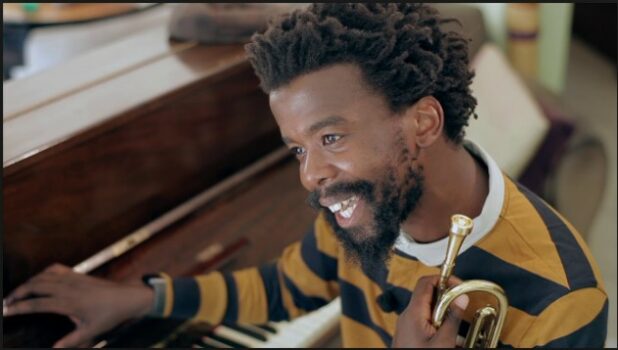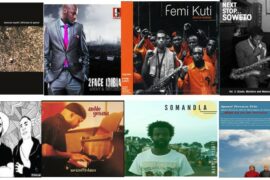It is quite amazing how much of an influence Gwen Ansell is on what pops up on my playlist. I first encountered Sis Gwen (as she is popularly called) over a decade ago as a regular reader of South African weekly papers.
At various times she had columns in most of the top papers. I was not much of a jazz fan but appreciated the length she went to make the art form accessible to less intelligent ones like me. Years down the line, I stumbled on her blog, and that simple site devoid of bells and whistles has been my go-to page for South African flavour of the art form I have come to enjoy and cherish. All of that before we even talk about her seminal work titled Soweto Blues: Jazz and Politics in South Africa.
From introducing new artists to introducing new albums of older artists, providing historical context to old standards to reviewing concerts and albums – Sis Gwen has been a beacon of light that has shone brightly into my music collection from afar. Almost every time I open her blog, my knowledge of the sound is richer (even when the details fly over my head) and my collection larger (despite making my pocket lighter ?). It would not be a flippant claim to say that their probably no one else with a deeper knowledge of the jazz genre within the South African music industry.
One of those days, I saw a review of a debut album of an artist I had not heard of before, and as usual, I perused it but not with any serious intent as I had way too much new stuff to digest during that period. What made me change my mind was when I did the usual thing of searching for the artist on youtube to see what he looked like in a live performance, then I saw this video. I found it very innovative. Maybe not a new concept but certainly not used as often as it could be used. In the video, he used the songs in the album to describe both his life and career journey thus far. In that ten minutes video, I got to know so much about Mandisi as an artist and without having heard the album, had a fair knowledge of the emotions behind the music. Fair to say that without that short video, I would not have embraced his music as tightly as I have four months later.
The first thing that struck me was how handsome Mandisi is. Secondly is his voice. Without even hearing him sing, the calm but passionate way he spoke made me want to hear the music he was describing. I called my wife over to the device, asked her to see this handsome brother. That ended up being a distraction because we never agree on that topic. I tell her Giroud and Cavani are fine, she refuses and points to Fabian Delph. There is never a middle ground there, and I was not willing to argue over Mandisi.
Back to the music of Mandisi Dyantyis, while I was initially struck by his good looks and soothing voice, the music kept me hooked. I watched the video a few times before rushing off to iTunes to buy the album. Mandisi is a graduate of the famous UCT jazz school. An institution whose graduates consistently produce intelligent and vibrant sounds and Mandisi follows in that illustrious lineage.
The album draws from all of Mandisi’s multiple expressions as an artist; choir director, choral singer, jazz composer, theatre practitioner and trumpeter. You immerse yourself in it and come away with a knowledge of the artist through his music whether it is in the inviting intro track Molweni, or the pain stained Olwethu or even the love ballad Molo Sisi. In none of the thirteen tracks is the authentic self of Mandisi Dyantyis not revealed.
With such depth of authenticity, the listener has little option but to open up and embrace the soothing sound of Mandisi Dyantyis.
The entire album has been on constant repeat since I found it in April this year, not even the language of the lyrics could dampen my enthusiasm and appreciation for the music. Besides, language has never been a barrier to good music. My current favourite from the album is Olwethu.
Mandisi Dyantyis’ debut album – Somandla



2 Comments
Pingback: Sounds in the Time of Corona
Pingback: Shower Time -